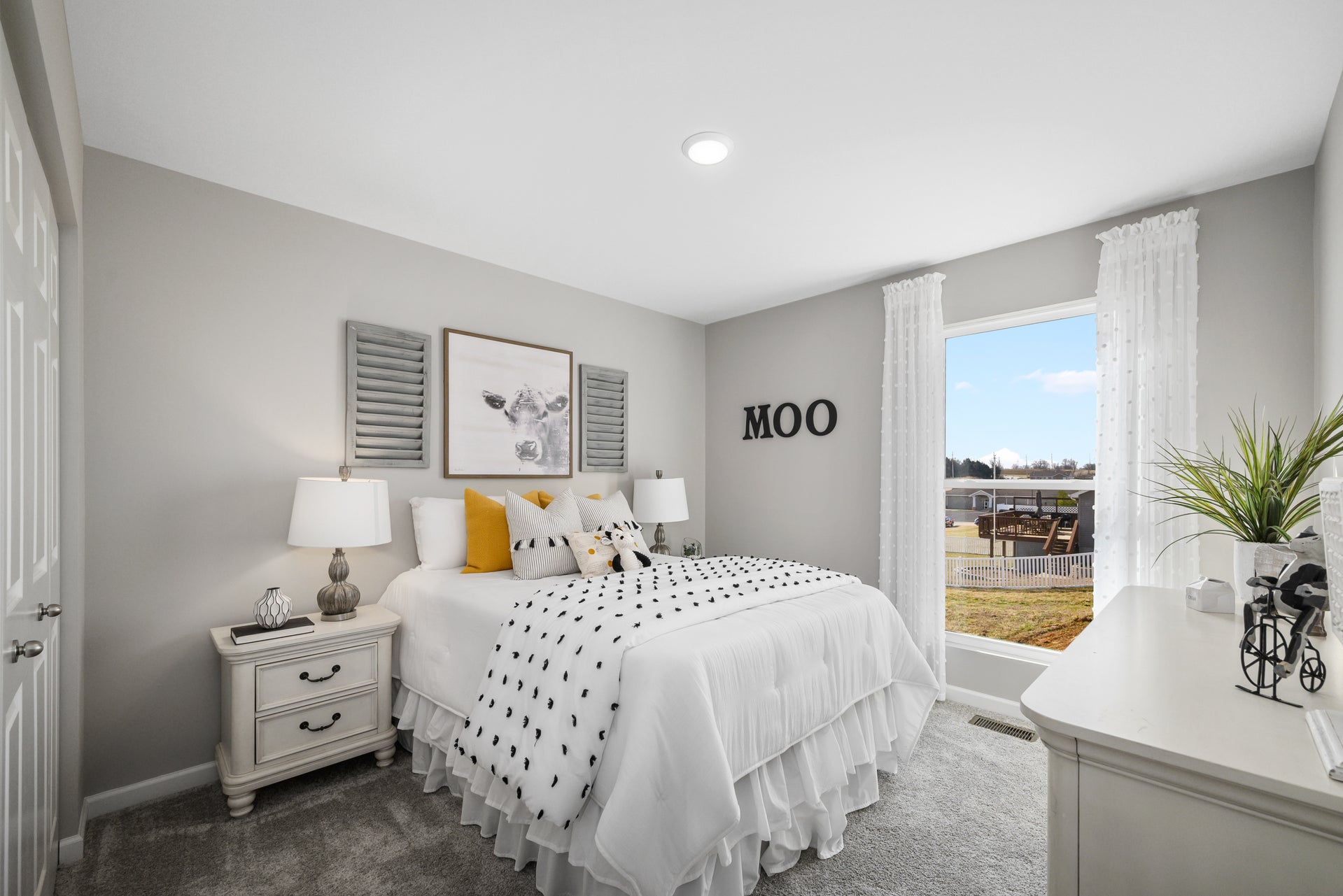

Owning a home is one of life’s most exciting milestones, but let’s be honest: Navigating the financial decisions that come with it can often feel like piecing together a challenging puzzle if you aren’t savvy.
One of the most critical pieces of this puzzle is finding the right mortgage, a choice that impacts both your monthly budget and your long-term financial health. Without clear information, terms like “adjustable-rate mortgage” (ARM) can make the process feel more complicated than it needs to be.
At Rolwes Company, we’re committed to making this journey more straightforward and accessible. That’s why we’ve created this guide to understanding ARMs—to help you decide if they’re the right fit for your homeownership plans.
An adjustable-rate mortgage (ARM) is a type of home loan with an interest rate that fluctuates over time. Unlike fixed-rate mortgages, which have a constant interest rate, ARMs start with a fixed interest period and then adjust based on market conditions. Here are the key components.

This is the phase where the rate is locked in, typically lower than that of fixed-rate mortgages. It often lasts for 3, 5, 7 or even 10 years.
Once the fixed period ends, the interest rate adjusts at set intervals (e.g., annually). Rate caps limit how much the rate can increase at once or over the life of the loan.
The primary distinction lies in predictability. Fixed-rate loans offer stability, while ARMs can provide savings upfront but carry some uncertainty in the future.
At its core, an ARM is designed to align with market trends. Here’s how it works.

Starting interest rates are usually more attractive, making monthly payments affordable during the initial fixed period.
After the fixed period, the rate recalibrates based on a benchmark index and a set margin. This adjustment reflects market shifts and can increase or decrease your payment.
Depending on the loan's structure, these schedules determine how often rates can change, such as annually or biannually.
For many buyers, ARMs provide an appealing mix of flexibility and savings. Some advantages include the following.
It is ideal for buyers looking to minimize early expenses.
Perfect for those planning to sell or refinance before the adjustment period begins.
If interest rates remain steady or drop, borrowers may save significantly compared to fixed-rate options.
While ARMs offer notable benefits, it’s essential to understand their risks to make the right choice. Here’s what you should consider.
Adjustments can lead to higher monthly costs.
These caps safeguard against excessive increases but won’t eliminate the possibility of higher payments.
Consider your income stability, future plans and market forecasts before opting for an ARM.
ARMs aren’t for everyone, but they’re an excellent fit for some buyers.

If you anticipate moving within a few years, the lower initial rates can be advantageous.
Buyers expecting significant income growth may find ARMs a strategic choice.
Those who understand market trends and are prepared for changes can leverage ARMs effectively.
Choosing between an ARM and a fixed-rate mortgage comes down to personal circumstances.

A fixed-rate mortgage might offer more peace of mind if you plan to stay in your home long-term.
Consulting a mortgage specialist can provide clarity on how current and future market conditions may impact your loan.
A trusted advisor can help align your choice with your financial aspirations.
Understanding the nuances of adjustable-rate mortgages is a step toward making informed, confident decisions about homeownership.
At Rolwes Company, we know how crucial financial clarity is in creating a dream home. Our team is here to guide you through every step of the process, ensuring your home reflects not just your vision but your lifestyle and financial goals. Contact us today and let’s turn your dreams into a reality together.